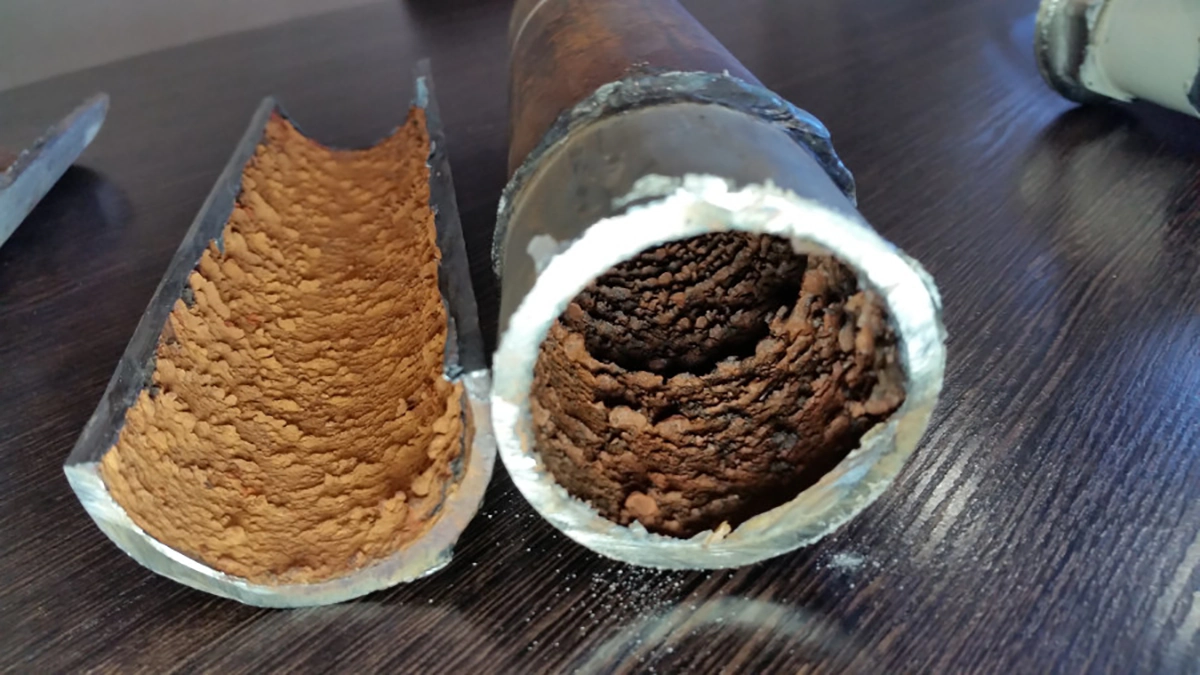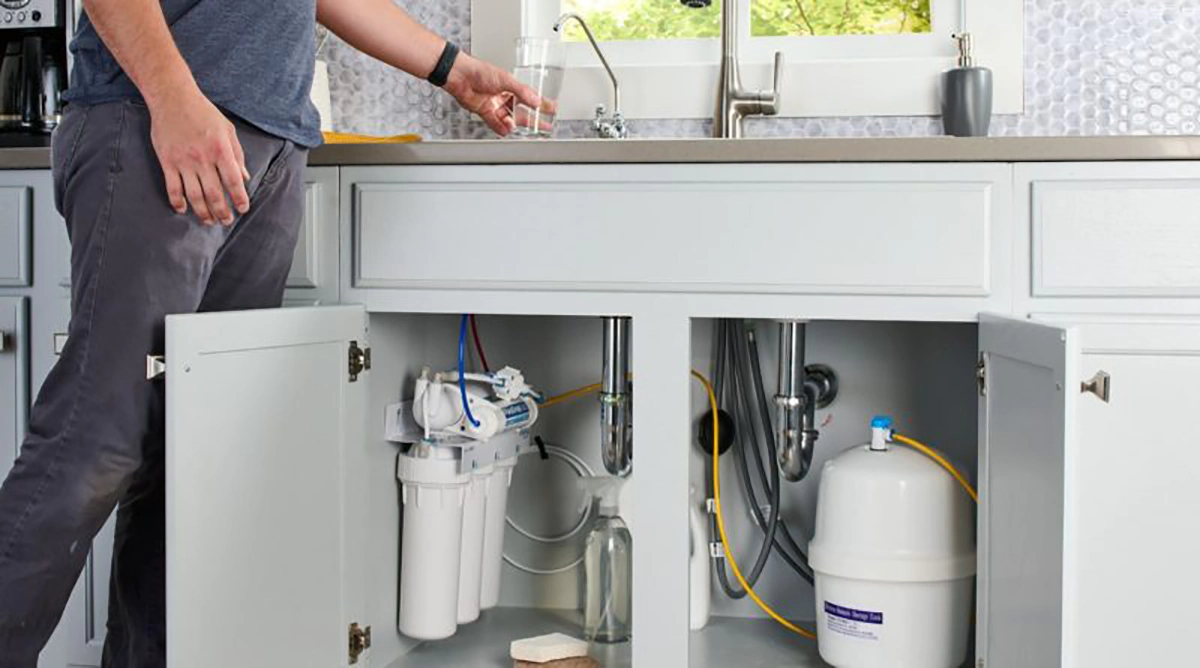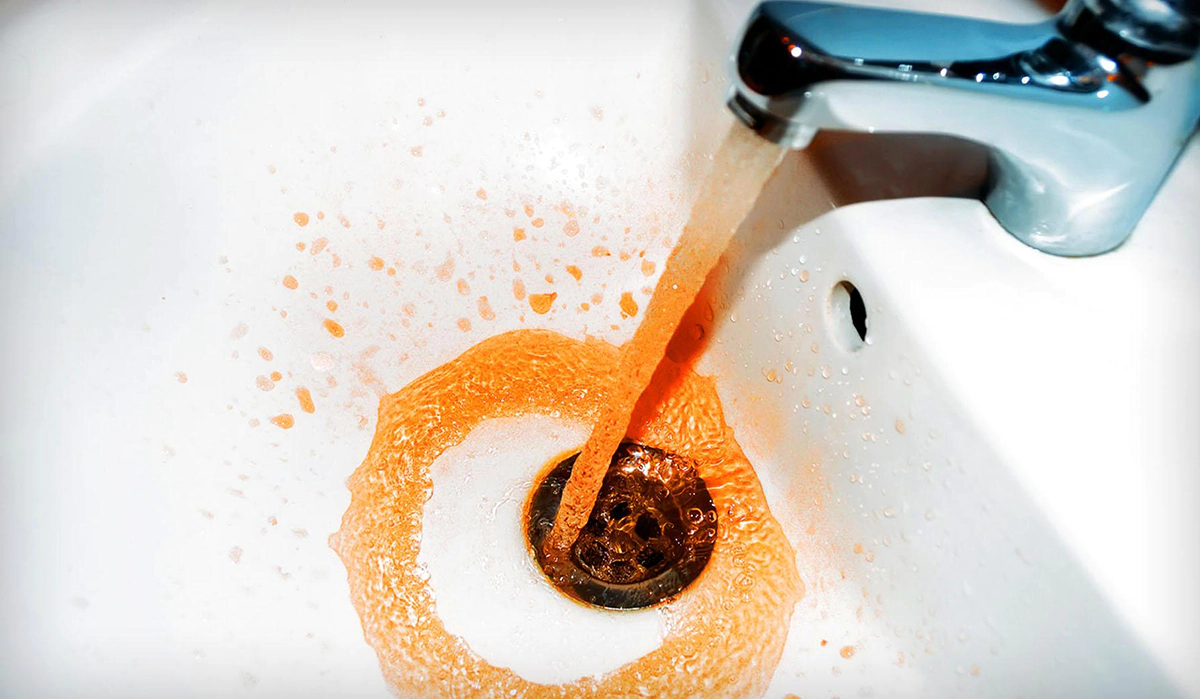Have you ever turned on your tap, expecting clear and clean water, only to be greeted by an unsettling rusty hue? Rusty tap water can be a cause for concern, but before you panic, it’s important to understand why it happens, the potential health risks, and how to address the issue. In this guide, we’ll walk you through the reasons behind brown water from the tap and provide actionable steps to deal with this situation.
If your tap water appears rusty, it could be due to corrosion in your pipes or the presence of iron in your water supply. Rusty water can be a nuisance, affecting both the safety and aesthetics of your drinking water, as well as potentially staining sinks and laundry. Here’s a table summarizing the steps you should take if you encounter rusty tap water:
| Step | Action |
| 1. Determine the Source | Run cold water from different faucets to check if the rust is localized or widespread throughout your home. If only hot water is rusty, the issue might be your water heater. |
| 2. Flush Your System | Run cold water for several minutes from all taps to clear out the rust. This may resolve temporary disturbances from repairs or changes in water supply. |
| 3. Inspect and Clean Aerators | Rust particles can accumulate in faucet aerators. Remove, clean, or replace these as needed to improve water quality. |
| 4. Check External Sources | If the problem persists, it might be from the external supply. Check with neighbors or contact your local water utility to see if the issue is widespread. |
| 5. Test Your Water | Consider having your water tested for iron, manganese, and other contaminants to understand the extent of the problem and potential health risks. |
| 6. Use Filters | Install water filters certified to remove iron and rust particles. Be sure to maintain and replace filters according to the manufacturer’s recommendations. |
| 7. Consult Professionals | If the issue continues, consult a plumber to check for corroded pipes needing replacement or repair within your home. For water heaters, seek advice from a professional for inspection or replacement. |
| 8. Report and Follow Up | Report persistent issues to your water utility for investigation. Follow up as necessary to ensure the problem is addressed. |
Addressing rusty tap water promptly can help protect your health, maintain your plumbing system, and ensure the quality of your water supply.
Contents
Why is Brown Water From the Tap Flowing?
Brown water flowing from your tap might seem alarming, but it’s a common occurrence caused by various factors. The discoloration can range from a light yellow to a deep reddish-brown, and it’s usually due to the presence of rust or sediments in the water.
Rusty Water Health Risks
While the sight of brown tap water may be off-putting, the immediate health risks associated with rusty water are generally low. The discoloration is primarily due to the presence of sediments or rust particles and does not necessarily indicate that the water is contaminated. However, it’s still important to take precautions:
- Avoid Consumption: If your tap water appears brown, avoid using it for drinking, cooking, or preparing beverages until the issue is resolved.
- Skin Irritation: While not common, using water rusty for bathing or washing dishes could potentially cause skin irritation due to the presence of particles in the water.
Causes of Rusty Tap Water
The disconcerting sight of rusty tap water can often be attributed to specific underlying causes within the plumbing system. Understanding these causes is essential for effectively addressing the issue and restoring clear, clean water flow.

Damaged or New Water Pipes
One of the main causes of rusty tap water is the deterioration of old or damaged water pipes. Over time, pipes can corrode and rust, especially if they’re made of iron or steel. If your home has recently undergone plumbing repairs or has aging pipes, this could contribute to the discoloration.
Rusty Pipes
Rusty pipes within your plumbing system can also lead to brown water issues. Even if the main water supply is clear, internal rust buildup within your home’s pipes can flake off and mix with the water, giving it a rusty appearance.
Water Heater Issues
Your water heater might be another culprit behind rusty water. Sediments can accumulate at the bottom of the heater’s tank, and when the water is heated, these particles can mix with the water supply, causing it to appear discolored.
Sediments in the Water Supply
Another cause of discolored water is the presence of sediments in the water supply. Sediments like sand, silt, and minerals can accumulate in water mains and pipes. When the water flow is disrupted or when maintenance work is carried out on the water distribution system, these sediments can be stirred up and make their way into your tap water, giving it a brown hue.
Dealing with Rusty Tap Water
If you’re faced with rusty tap water, here’s what you can do to address the problem:
- Contact Your Water Provider
If you notice brown water coming from your tap, it’s a good idea to contact your water provider. They can provide information about ongoing maintenance or potential issues with the water distribution system in your area. They might also be able to offer guidance on whether the water is safe for use. - Flush the System
In some cases, running the taps for a few minutes can help clear out the discolored water. Start by running cold water at the highest point in your home, typically an upstairs faucet. Let the water run for several minutes until it runs clear. Then, repeat the process with the hot water taps. - Use a Water Filter
Consider using a water filter specifically designed to remove sediments and rust particles from the water. While this may not address the underlying issue, it can help improve the water’s appearance and quality for everyday use.

In conclusion, encountering brown water from the tap can undoubtedly be a cause for concern, but armed with the knowledge of potential culprits like rust in the water pipes, you’re better equipped to tackle the issue. Remember, rusty water from the tap is often a result of sediment disruption, corroded pipes, or water heater problems. While the sight of rusty water from the tap might be unsettling, it’s typically not a health risk in itself. By taking proactive measures such as flushing the system, checking with neighbors, inspecting your water heater, considering a water filtration system, and seeking professional guidance when needed, you can swiftly address the issue of rusty water from the tap and restore the clear, clean water you expect in your home.
FAQ about tap water that looks rusty
Rust can enter tap water when corroded pipes or fittings break down, releasing rust particles into the water supply.
Boiling rusty water might kill bacteria but won’t remove the rust particles. The water may still appear discolored.
For minor cases, you can try running cold water to flush out rust or using a water filter. However, complex issues may require a professional plumber’s expertise.
If the rust is coming from your home’s plumbing, you may need to replace old, corroded pipes. Consult a professional plumber to inspect your system and recommend appropriate solutions.
Contact your local water utility to report the issue. They can provide information on the cause and expected duration of the problem and may take steps to flush the system and resolve the issue.
Yes, installing a whole-house water filter or a point-of-use filter can help remove iron particles from your water. Make sure to choose a filter designed to handle iron and other common contaminants.
Regular maintenance of your plumbing system, including flushing your water heater and replacing old pipes, can help prevent rusty water. Using water softeners or filtration systems can also reduce the risk of rust in your water.
Rust in the water isn’t generally harmful if ingested in small amounts, but it can make the water taste metallic and unpleasant. It’s not recommended for drinking, cooking, or bathing until the issue is resolved, as the rust can be indicative of broader water quality issues.
First, try to determine if the discoloration is affecting both hot and cold water:
– If it’s only in the hot water, the issue might be your water heater.
– If both hot and cold water are rusty, it’s likely a problem with the pipes.
Here are some steps to take:
– Flush your system by running cold water through all taps for a few minutes.
– Inspect pipes for visible signs of rust and corrosion.
– Consider installing a whole-house water filter or specific point-of-use filters.
– Regularly maintain and possibly replace your water heater if it’s old.
Call a plumber if:
– You cannot determine the source of the rust.
– The problem persists after flushing your system.
– You need an inspection or replacement of old and corroded pipes.
Yes, rusty water can stain sinks, bathtubs, and laundry. It can also contribute to further corrosion of your plumbing, potentially leading to leaks or other costly damages.



